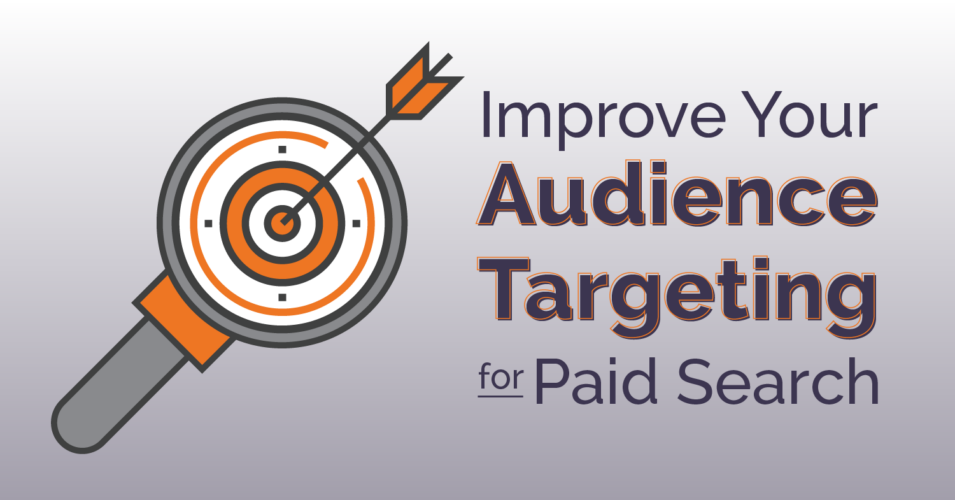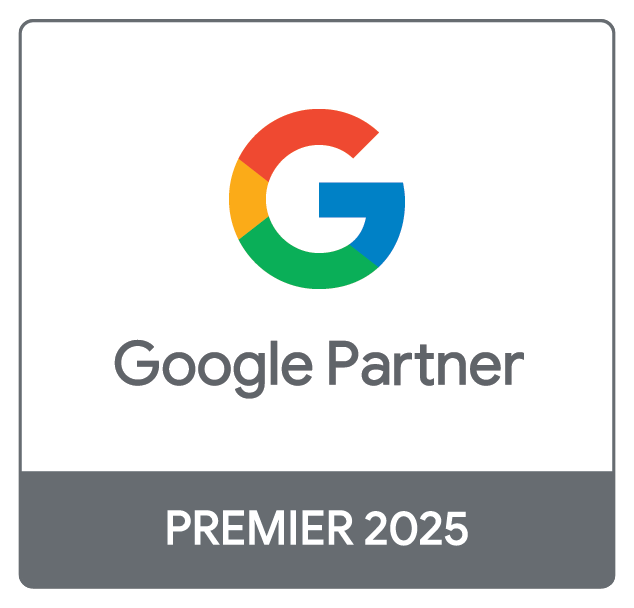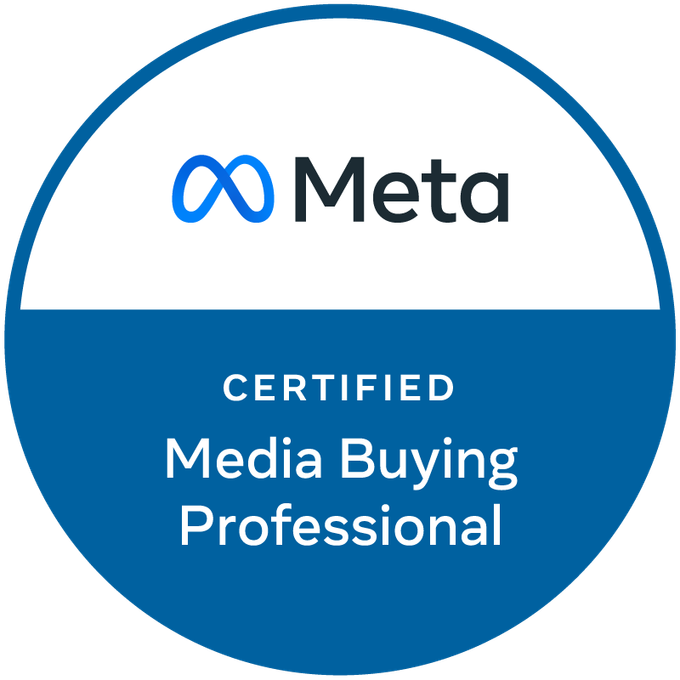Accurate audience targeting is one of the most critical components of running a successful paid search campaign. Knowing your ideal customers—and how to reach them—leads to stronger conversions, better results, and greater returns on investment. But how can you make sure your targeting strategies are effective?
This guide breaks down what audience targeting is, how it works, and five practical ways to fine-tune your approach to help your PPC campaigns perform their best!
What is Audience Targeting?
Audience targeting means focusing your advertising efforts on specific groups of people who are most likely to engage with your ads. These groups are identified based on shared characteristics like demographics, online behavior, and personal interests.
Audience targeting is a clear roadmap that helps your campaigns focus on the right people. Without it, your marketing efforts waste time and money on the wrong audience.
By tailoring your ads to match the interests and needs of your audience, you can stay in step with your broader business goals. Effective targeting leads to higher ROI, better ad efficiency, and stronger campaign outcomes.
How Does Audience Targeting Work?
Audience targeting relies on data to connect your ads with the right people at the right time. Advertisers collect and analyze information like browsing habits (what websites are they looking at?), purchase history (what did they buy in the last month?), demographics (what are their specific characteristics?), and real-time online behavior to create specific audience segments. Platforms like Google Ads use this data to deliver relevant ads tailored to users’ interests and needs. For example, someone researching “best coffee makers” might see ads for premium coffee machines based on their search activity.
But the process doesn’t stop after launching a campaign! Audience performance is continually monitored and analyzed to refine targeting strategies. Adjustments are made based on what works, helping to increase effectiveness over time. A key part of this is developing detailed customer profiles—commonly referred to as buyer personas—which provide a clear picture of your ideal customers. These personas help marketers craft messaging that resonates so each campaign is relevant and impactful.
Types of Audience Targeting
Audience targeting can be broken into several key categories, each designed to help you connect with the people who are most likely to engage with your ads:
- Age: Advertisers can focus on specific age groups, such as targeting Gen Z for trendy clothing brands or older adults for retirement services.
- Gender: Campaigns can be tailored based on gender, ensuring that ads reflect the preferences or needs of a specific group.
- Demographics: Factors like household income, marital status, education level, and occupation enable more refined targeting to align with a customer’s lifestyle.
- Interests: By analyzing hobbies, habits, and preferences, you can group users into categories like “travel lovers” or “tech enthusiasts.”
- Location: Geographic targeting helps you reach audiences in specific cities, states, or countries, or even within a small radius for local businesses.
- Additional Factors: Beyond the basics, other considerations—like language preferences, device usage, or purchasing behaviors—can add further precision to your targeting efforts.
This variety of targeting options ensures that campaigns are not only relevant but also effective in reaching the audience most likely to take action.
How to Improve Your Target Audiences Online
Want to sharpen your local audience targeting efforts? Here are five practical strategies you can implement:
1. Custom Affinity Audiences
What They Are: Build audiences tailored to specific combinations of interests and habits.
Example: Target people who shop for organic groceries and follow fitness influencers.
Best Practices: Use tools like Google Ads Audience Insights to create detailed audience profiles.
2. Demographics
What They Offer: Refine your campaigns with key demographic data, such as age, income, and occupation.
Example: Promote luxury products to high-income earners aged 40–60.
Best Practices: Integrate Google Analytics data and CRM insights for even more precise targeting.
3. In-Market Audiences
How They Work: Focus on users who are actively searching for or considering products/services in your industry.
Example: Show real estate ads to users looking at home-buying websites.
Best Practices: Make sure your ad messaging matches the user’s intent to increase relevance.
4. Remarketing
Why It’s Effective: Reconnect with users who’ve already interacted with your website or previous ads.
Example: Show dynamic ads to people who added products to their cart but didn’t complete the purchase.
Best Practices: Segment your remarketing lists and set frequency limits to avoid content fatigue with your audience.
5. Similar Audiences
What They Do: Expand your reach by targeting users who share traits with your current customers.
Example: Use your email subscriber list to build a lookalike audience for a new product launch.
Best Practices: Pair this strategy with remarketing efforts for an even greater impact.
Benefits of Improving Your Target Audience
When you refine your audience targeting, you’ll start seeing some improvements! Some key benefits include:
- Better ROI: Save money by focusing your budget on customers who are most likely to convert.
- Stronger Engagement: Personalized messaging resonates with your audience, increasing click-through rates (CTR) and conversions.
- Improved Budget Efficiency: Spend less time and money on irrelevant audiences.
- Stronger Customer Connections: Relevant ads lead to better experiences, which in turn build loyalty.
Improve Your Audience Targeting for Paid Search with Professional Guidance
Customizing your audience targeting requires expertise, the right tools, and ongoing analysis. At Zero Gravity Marketing, we specialize in helping businesses get better results by optimizing their advertising strategies. Our team combines advanced tools, real-time data, and marketing experience to help your paid search campaigns succeed.
Ready to see better results from your audience targeting? Contact us today to develop a customized marketing strategy for your business!
FAQs
How often should you update your PPC campaign?
Ideally, review and refresh your PPC campaigns every 4–6 weeks to ensure they’re keeping pace with changes in audience behavior and campaign performance.
How can I improve my audience targeting?
Use audience insights, demographic data, remarketing strategies, and tools like Google Analytics to focus your targeting precision.
What should I avoid when improving my audience targeting?
Avoid making assumptions without data to back them up. Also, over-segmenting your audience can limit your reach and lead to underperformance.














